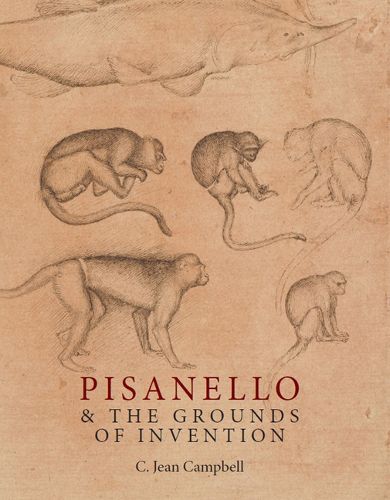Readings Newsletter
Become a Readings Member to make your shopping experience even easier.
Sign in or sign up for free!
You’re not far away from qualifying for FREE standard shipping within Australia
You’ve qualified for FREE standard shipping within Australia
The cart is loading…






The work of the fifteenth-century Italian painter Pisanello has long proven resistent the interpretative procedures of art history, in ways that point to the limits of those procedures as they evolved in the period after the Second World War. Taking Pisanello's art as an example of a larger theoretical issue, the book proposes a model of interpretation that addresses the realm of imitative practice. Using Cennino Cennini's Il Libro del' Arte as a primer, the author argues for an approach that confronts the evidence of the artist's self-tempering work, and then tests that model through an examination of Pisanello's drawings and medals. She exposes the drawings as primary evidence of the ontological groundwork within which the painter finds his own habits of invention, and also demonstrates the value of looking for the groundwork in a selection of Pisanello's official works, including the surviving wall paintings in Veronese churches. In the end, the author contends that the self-reflexive recognition of creative agency is a prerequisite for the apprehension of Pisanello's art, especially the agonistic scenario staged in his panel of The Virgin and Child with Saints George and Anthony and its enigmatic signature.
$9.00 standard shipping within Australia
FREE standard shipping within Australia for orders over $100.00
Express & International shipping calculated at checkout
The work of the fifteenth-century Italian painter Pisanello has long proven resistent the interpretative procedures of art history, in ways that point to the limits of those procedures as they evolved in the period after the Second World War. Taking Pisanello's art as an example of a larger theoretical issue, the book proposes a model of interpretation that addresses the realm of imitative practice. Using Cennino Cennini's Il Libro del' Arte as a primer, the author argues for an approach that confronts the evidence of the artist's self-tempering work, and then tests that model through an examination of Pisanello's drawings and medals. She exposes the drawings as primary evidence of the ontological groundwork within which the painter finds his own habits of invention, and also demonstrates the value of looking for the groundwork in a selection of Pisanello's official works, including the surviving wall paintings in Veronese churches. In the end, the author contends that the self-reflexive recognition of creative agency is a prerequisite for the apprehension of Pisanello's art, especially the agonistic scenario staged in his panel of The Virgin and Child with Saints George and Anthony and its enigmatic signature.